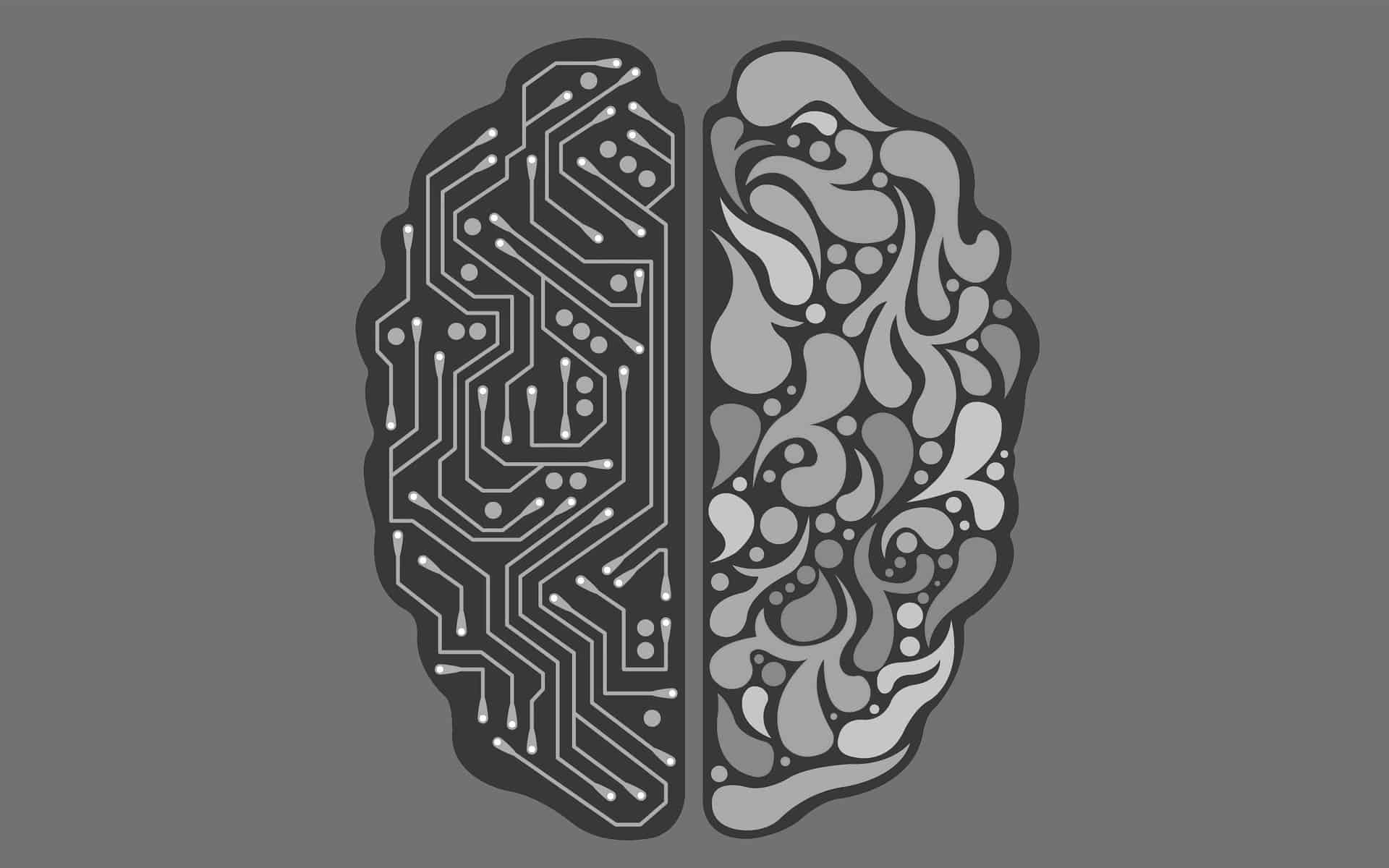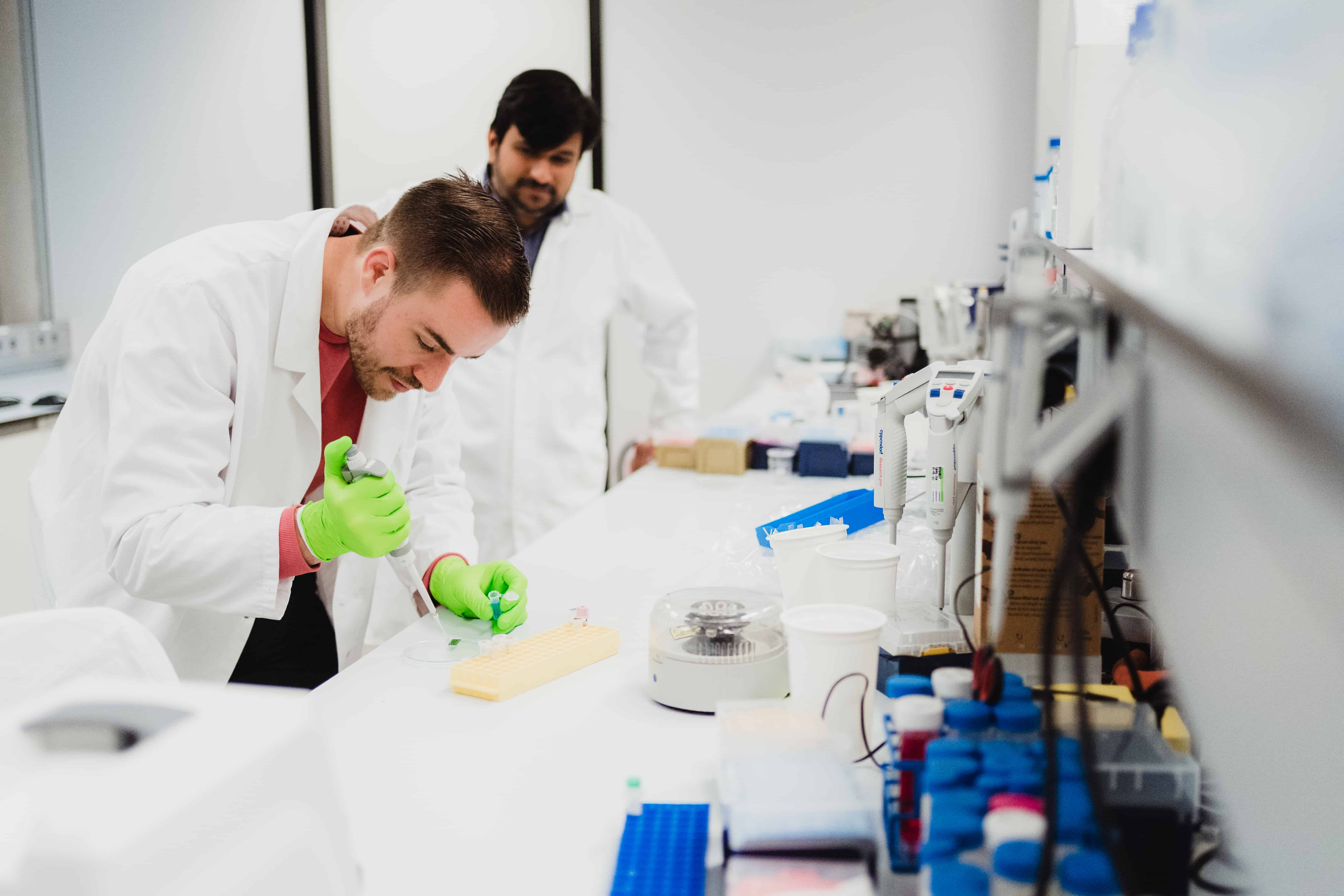
More and more hospitals, companies and start-ups are discovering the potential of Artificial Intelligence (AI) for healthcare. Yet not everyone is leaping at the opportunity. Medical specialists are divided over the smart software.
Artificial Intelligence is making the work of doctors easier and faster. This new technology can be used in a variety of ways. For example, Phillips is working on several smart systems to improve health care, such as the Radiology Smart Assistant. A research group at TU Darmstadt, for its part, is working on an AI system to create a remote staff and task scheduling system for healthcare workers so that they can be deployed more efficiently. The possibilities seem endless.
Yet not every doctor is keen on adopting AI applications in healthcare. The University of Maastricht recently published an article about this. In fact, there is a computer system that can tell from MRI scans whether a chemotherapy is having an effect on tumors. This technique is called radiomics. While the method has been proven, it is not yet being put to use. Doctors are reluctant because they do not understand how and why the system makes certain choices.

Expensive opportunities
“It´s well known that there is quite a bit of reluctance among the medical community to readily accept AI just like that. That is one of the reasons why its adoption is going so slowly. It’s not welcomed everywhere. Everyone is struggling with this new phenomenon,” says Paul Algra, a radiologist at the the Noordwest Ziekenhuisgroep and board member of the European Society Medical Information and Informatics. He himself falls into the latter group, those who are AI enthusiasts. The technology offers tremendous opportunities. A lot has been published about applications of AI that have worked brilliantly. In my own field, but also in general.”
That AI will play a major role in the future of healthcare is a given, according to Algra. At the same time, however, it also immediately creates several new issues. “There are a lot of small companies that offer AI solutions for healthcare. These are often related to one specific problem. A hospital ICT department is not keen on working with dozens of different companies, all of which have their own systems as well. They’d rather team up with one major player. Like Philips or Siemens, but their products are not as well-developed as what start-ups are offering.”
Everyone really wants AI, but no one is willing to pay for it.”
Paul Algra, NWZ radiologist and ESMII board member
Revenue model
Another issue concerns the revenue model of AI systems in hospitals. A hospital claims the cost of treatments from insurers. AI systems do not necessarily involve a treatment directly. Yet the application can also improve the quality of care. Consequently, such an investment cannot be declared. That money needs to be recouped in some other way.
“Everyone really wants AI, but no one is willing to pay for it. Basically, these kinds of expensive investments eventually lead to increases in premiums. Nobody wants that, so we need to come up with a new revenue model based on the added value that AI brings. Last year, we used an algorithm to see if it was possible to examine patients with cancer and metastasis twice instead of three times due to improvements in the quality of care. That’s better for the patient and for the insurer. You could then link a value to that, for instance.”
What the doctor doesn’t know, they won’t use
Two camps have since emerged in the medical world. Those who have no desire to adopt AI in their field and those who welcome the new technology with open arms. Merel Huisman is a radiologist at Radboudumc and is also on the board of the EuSOMII. She has done a study on the willingness of doctors to adopt AI.
“Healthcare is the slowest sector when it comes to adopting innovation. A reasonably sized innovation takes an average of 20 years before it is really widely used. I wanted to see how you can speed up that process.”
The study by Huisman showed that doctors who did not know anything about AI were very positive about these techniques. However, once they had built up a little knowledge, they actually tended to be more negative. “This was corrected for all of the variables, such as country, age, gender and technical background. Everything that you might expect to affect outcomes. But the more knowledge doctors gain about AI, the more positive their view of it becomes in turn.”
“Therefore, the conclusion we drew was that we need to focus on education for doctors so that they will be receptive to AI applications. But also to be able to properly weigh up the risks of AI applications in order to make the right decisions.”
According to Huisman, doctors need to learn to understand the basics of data-driven software tools. In her opinion, there is not much difference between what doctors are already learning when they start using a new surgical technique, and new AI technology.
“Doctors who want to use a kind of new surgical technique know in advance how the process works and what the risks are. The same holds true for AI. Actually, it seems pretty simple: you use a lot of data from a large group to make a decision about one person. That process involves a number of steps and they should be made more transparent.”

Flawed
What’s more, a lack of data means that doctors are still reluctant to use AI software as diagnostic support. This is because the range of applications is not yet 100 percent reliable. “You can’t blindly put your trust in them,” explains Paul Algra. He himself has been working for more than four years now on an AI software to assess CT scans. “Those algorithms were developed in an artificial environment with a limited data set. Moreover, an algorithm from China does not work in the Netherlands, because the epidemiology over there is very different than here. In the case of a spot on the lung in China, the probability that it is tuberculosisis is 99 percent, while in the Netherlands this is not the case. So the quality of those algorithms are certainly not perfect and it also depends on where they come from.”
There are also vast differences as far as data within the Dutch healthcare sector is concerned. Gaby Wildenbos works as a senior advisor at Nictiz, the knowledge organization for the provision of digital information in healthcare. “Data is at the moment mostly fragmented across different systems. This not only applies to AI, by the way, but it is also a healthcare-wide bottleneck. So, this makes it very difficult to collect enough data to train an AI system.”
Data exchange
Last month, the proposed Electronic Data Exchange in Healthcare Act (Wegiz) was unanimously passed in the Dutch House of Representatives. The proposal states that data exchange between healthcare providers must take place electronically in a number of cases, e.g., for sending a prescription digitally from the GP to the pharmacy. Drawing on the Wegiz Act, healthcare providers and suppliers make agreements on language and technology in ICT.
“This law only revolves around data that is gleaned from the primary care process, for instance, when a patient’s CT scan is taken,” Wildenbos says. “For secondary applications, you also want to establish this unity of language and technology. In other words, you want to ensure that the data from the primary process is made available for a number of purposes, such as training AI software. Aa long as there is patient consent for this. Plus, for secondary applications, it’s important to have a standard that has agreements in place on how the context of the data is recorded. This will help you make agreements about how to display where the data comes from, for example. This leads to transparency in AI applications and thereby can also increase the trust of healthcare providers in this technology.”







